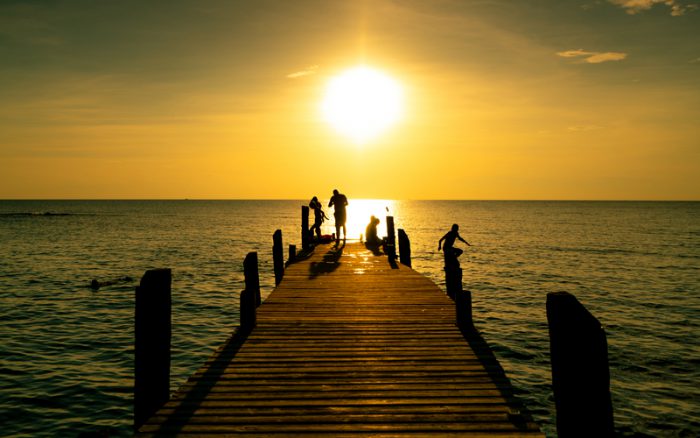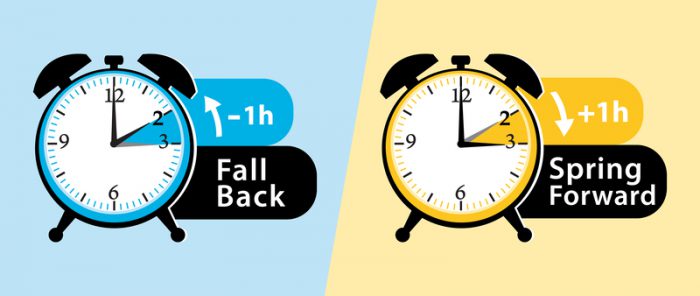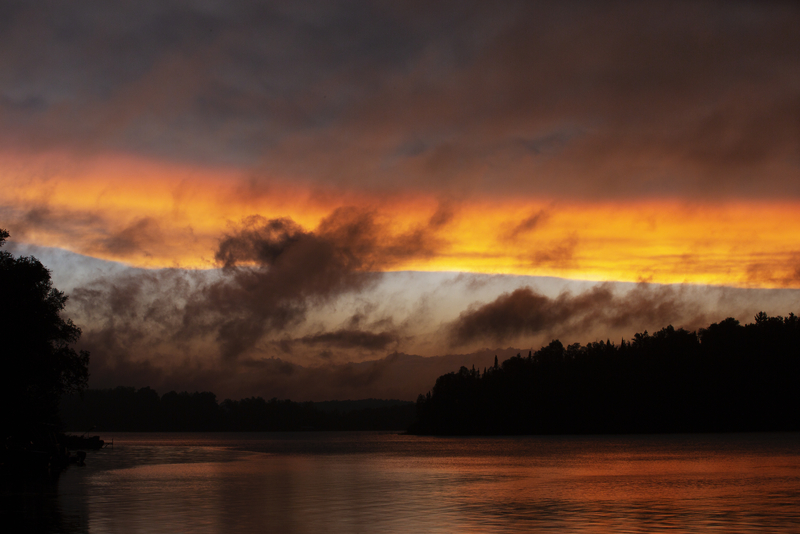The Ontario government wants to make a timely decision. It wants to make daylight savings time (DST) permanent.
The MPP (Member of Provincial Parliament) from Nepean Jeremy Roberts is hoping to stop the clock changing Ontarians perform twice a year. Instead, he wants to make the summertime switch—sometimes known as 'spring forward'—a permanent thing. This would mean that instead of 'falling back' in mid-autumn—setting our clocks back one hour—people in Ontario would just keep them as they are. And never change them again.
The government is fully behind this move, though they ideally want Quebec and New York State to join in, too. And many studies have shown that the clock switching leaves people's bodies and minds feeling confused and tired for days and even weeks after each change.
All of which brings up a question.
What is daylight saving time and why did we want to be on it for half the year in the first place?
No more missing out on summer sun

For many of us, this early evening swim is brought to you by daylight saving time. (Photo 139985750 © Artinun Prekmoung - Dreamstime.com)
The idea of daylight saving time dates back to the 1770s, when American stateman Benjamin Franklin noticed something about the summer months. As the days became longer, many people were still asleep for hours after sunrise. Meanwhile, the sun was setting at night before most people were ready to go to bed. So what if we shifted the clock ahead by one hour so that the sun rose closer to wake up time ... and set closer to bedtime?
Not only would people be able to enjoy the maximum amount of natural sunlight, they wouldn't need to light as many candles and lamps at night. It was healthier and it would save money.
It took until 1915 before daylight saving was finally used, but in many parts of the world, the idea stuck.
Why do we fall back?
"What do you mean it's time for school?" (Getty Embed)
So if everyone loved daylight saving time, why did we change the clocks back in late fall and winter?
Because as the days got shorter, the mornings became really dark. It's hard enough for many to get up in the dead of winter when the sun rising as late as it does. But what if it happened a whole hour later than it already does? Most of us would be going to school and work in total darkness.
This worry is what kept people making the switch. Yes, they liked DST in the summer, but they didn't want to wake up to too much darkness during the long winter months.
Time to choose
Keeping DST all year would actually give us more daylight at the end of the day. If Ontario make the move, will more Canadian provinces switch, too? (Getty Embed)
In the end, this left people with a choice: keep switching clocks back and forth, or choose to use either DST or standard time and live with the issues. Many have already chosen the latter.
For example, Saskatchewan doesn't use DST at all. They stay on normal Central Standard Time all year round. U.S. states like Arizona and Hawaii also do not change their clocks at all. So choosing a single time keeping style all year is done.
The interesting thing about Ontario's decision? If it goes through, for the half the year it would be not one but two hours ahead of neighbour Manitoba. And meanwhile also have the same time as Nova Scotia. How's that for odd?
 Fall back? Spring forward? According to Ontario's government, people in the province may not need to do this for much longer. (Illustration
Fall back? Spring forward? According to Ontario's government, people in the province may not need to do this for much longer. (Illustration 









I think we should keep daylight savings time. I don’t like getting up and the sky being dark in winter.
I believe that Saskatchewan is doing it right by staying on Standard time. I think that in Ontario people will find that the sun rising at 8:45 in December and January will lead to more winter depression. Who needs the crack of dawn at 5:00 a.m.?
I would like to stay on Daylight saving time. If we were to stay on Standard time the sun would rise at 4:30 am in the summer months and sunset would be 8PM. Where as Daylight saving time the sun would rise at 5:30am and sunset at 9PM.
I think we should al stay on Standard time because it not that big of a difference with the sun rising an hour earlier like still have streetlights to see where were going when outdoors and this way it will help cool those hot and humid summer nights down a bit earlier.
Just make DST permanent! My hope is that we change the clocks for the last time on March/14/2021…Spring ahead and never fall back again!!!
Stay on daylight savings time
I agree, stay on DST! When will we know?
I’m in total agreement with Daylight Savings Time permanently
As New York State and Quebec must be in agreement, I wrote to Andrew Cuomo and Francois Legault asking to support the Bill being put forth in Ontario. If nothing else for safety sake. That hour going ahead is dangerous for some people driving etc. How nice to have it lighter layer at night!!
Yes !!! keep daylight savings time permanent !!
Our kids will be going to school in the dark during the winter months if we don’t fall back. Walking or waiting on rural roads for a bus in the dark isn’t good.